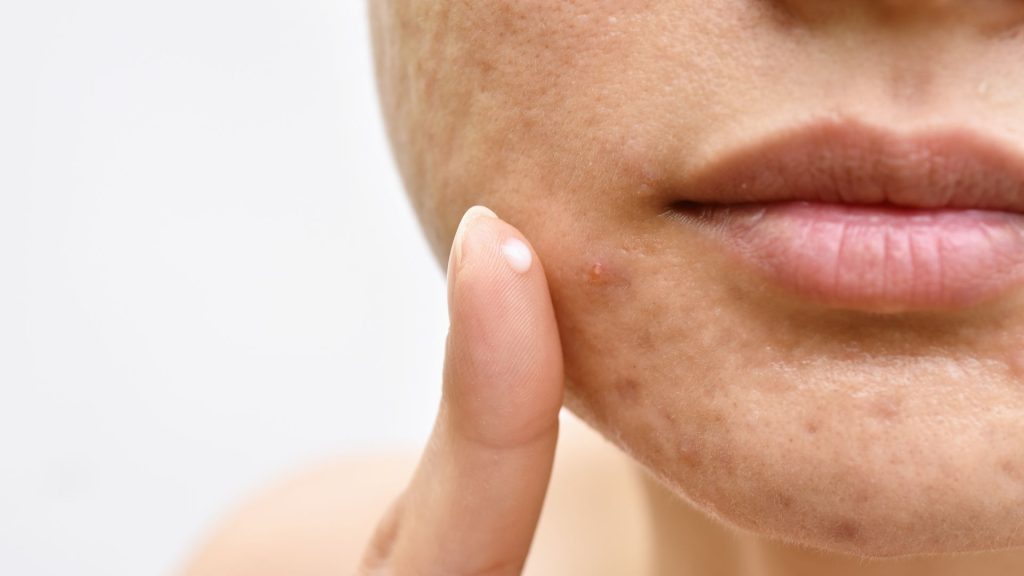Hidradenitis Suppurativa (HS) is a chronic, inflammatory skin condition characterized by recurring abscesses, nodules, and tunnels primarily in areas such as the armpits, groin, buttocks, and under the breasts. Affecting an estimated 1-4% of the global population, Hidradenitis Suppurativa can have a profound impact on an individual’s physical, emotional, and social well-being. The Canadian Hidradenitis Suppurativa Foundation is dedicated to improving the lives of those affected by HS through raising awareness, providing education and resources, and advocating for timely diagnosis and personalized care.
In this blog post, we will provide a comprehensive guide to the various treatment options for Hidradenitis Suppurativa, outlining the benefits, administration, and considerations for each approach. By delving into these available treatments, we aim to empower Hidradenitis Suppurativa patients and healthcare professionals with valuable information needed to make informed decisions about managing this complex skin condition. Through education, open communication, and advocacy, we can work together to improve patient outcomes, enhance their quality of life, and inspire hope for a brighter future for those affected by Hidradenitis Suppurativa.

HS Treatment:
1. Topical Treatments
Topical treatments are applied directly to the skin and can help mild cases of HS by reducing inflammation, pain, and potential bacterial infections. Some common topical treatments include:
– Antibiotics: Topical antibiotic ointments or creams can help manage bacterial infections associated with open HS lesions. Examples include clindamycin and erythromycin, which may be prescribed by a healthcare provider depending on the severity of the infection.
– Steroids: Topical corticosteroids can help soothe inflammation and alleviate discomfort. It is essential to use these medications under the guidance of a healthcare provider, as overuse may lead to skin thinning and other side effects.
2. Oral Medications
Oral medications can help manage moderate to severe HS by addressing inflammation, pain, or infections from within. Some common oral treatments include:
– Antibiotics: Oral antibiotics, such as tetracycline, doxycycline, or clindamycin, may be prescribed for their anti-inflammatory properties or to manage bacterial infections. It is essential to follow the healthcare provider’s instructions for usage and duration of treatment.
– Anti-inflammatory drugs: Non-steroidal anti-inflammatory drugs (NSAIDs), such as ibuprofen or naproxen, can help relieve pain and inflammation associated with HS. These medications should be used as directed and discussed with healthcare providers to ensure appropriate use.
– Hormonal therapies: For women, hormonal therapy may be utilized to manage HS, particularly if flare-ups coincide with menstruation. Oral contraceptives or anti-androgen medications, such as spironolactone, can help balance hormone levels and decrease inflammation.
3. Biologic Therapies
Biologic therapies target specific proteins in the immune system and have proven effective in managing moderate to severe HS by reducing inflammation. Some examples include:
– Adalimumab (Humira): The first and only biologic treatment specifically approved for HS treatment, adalimumab works by blocking tumour necrosis factor-alpha (TNF-alpha), a protein involved in inflammation. Patients receive injections every two weeks, typically after a healthcare provider gives an initial loading dose.
– Other biologics: While not specifically approved for HS, some other biologics, such as infliximab or ustekinumab, may be used off-label to manage symptoms in certain cases. These medications may be considered if other treatment options have not been effective.
4. Surgical Treatment Options
In more severe cases or when medical treatments fail to provide relief, surgical interventions may be considered. Some common surgical treatments include:
– Lesion drainage: Healthcare providers may drain large or painful abscesses in-office, providing immediate relief for patients. However, this procedure may not prevent future flare-ups.
– Excision: A more definitive surgical option, excision involves removing the affected skin and underlying inflamed tissue. Recovery times can vary, and the procedure may not be suitable for patients with widespread HS lesions.
– Laser treatments: Laser therapies, such as the CO2 or Nd:YAG laser, can help remove the affected skin and minimize scarring. These treatments may be less invasive than excision and can be repeated if necessary.Conclusion
Effectively managing Hidradenitis Suppurativa requires a tailored approach that addresses each individual’s unique symptoms and challenges. By understanding the various treatment options available, patients and healthcare providers can work together to create a comprehensive, personalized HS management plan. The Canadian Hidradenitis Suppurativa Foundation is committed to providing accurate information, educational resources, and support for those living with HS, empowering them to navigate the complexities of this chronic skin condition confidently.
By raising awareness, advocating for timely diagnosis and personalized care, and fostering ongoing research, we can build a brighter future for those affected by Hidradenitis Suppurativa, where better treatments, improved quality of life, and – ultimately – a cure becomes a reality.
